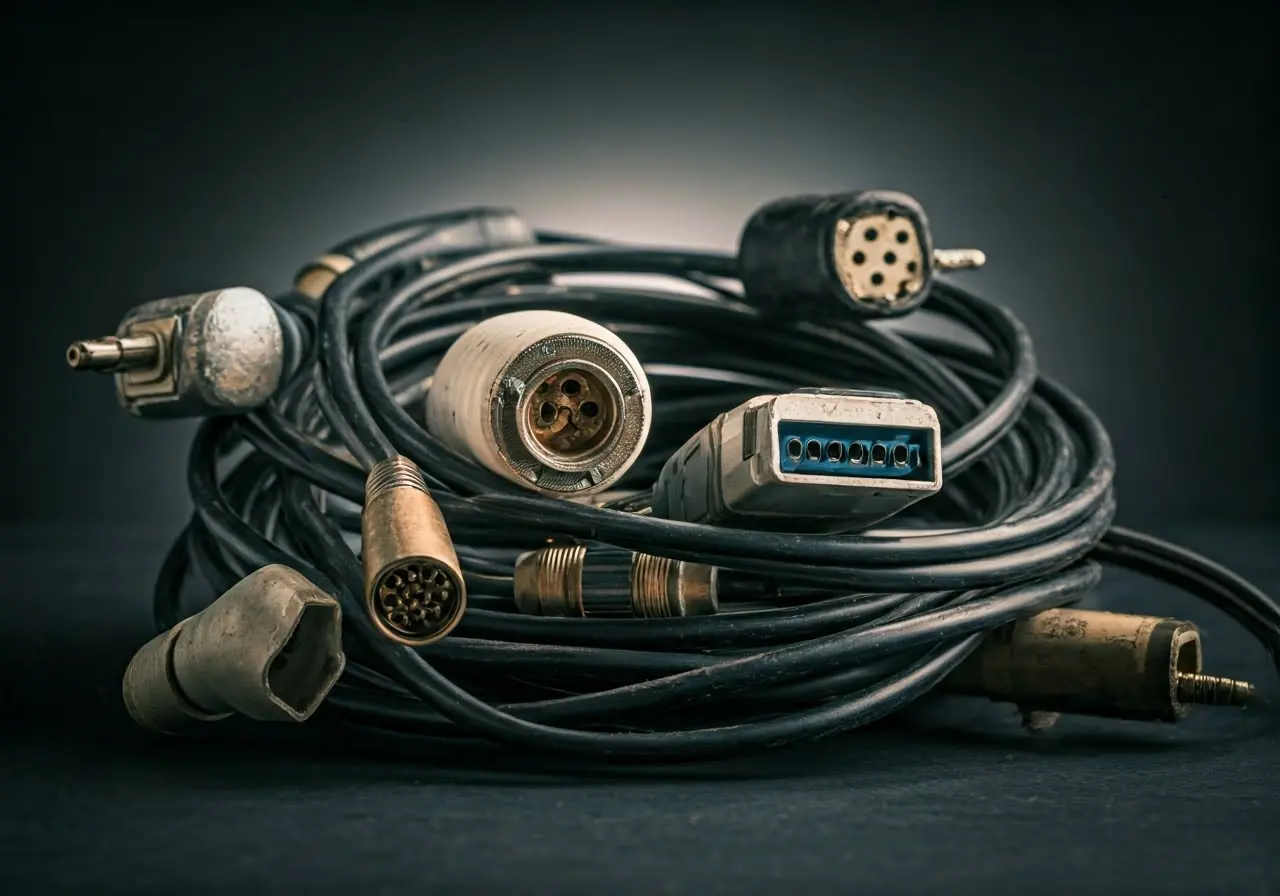Can I Use Old Cables and Connectors with New Equipment?
In today’s rapidly evolving technology landscape, one common question arises: Can you use your old cables and connectors with new equipment? This guide will give you a straightforward answer, delving into compatibility, performance, and safety aspects. Let’s make sure your connections are both efficient and effective.
Understanding Compatibility
Compatibility is key. Check if the connectors fit and if the cable specifications match the new equipment’s requirements. Often, manufacturers will provide guidance on compatible cables and connectors, so it’s worth consulting the manual or user guide. Choosing cables connectors for your surveillance system helps ensure system efficiency and reliability.
Your old cables may appear to physically fit into your new devices, but there are more nuances involved. Different generations of devices might look similar, but they may not be electrically compatible. Always verify that the pinouts align properly before connecting. This precaution avoids mishaps that could potentially damage your equipment. Upgrading Your PSU Don’t Reuse the Cables highlights the risks of ignoring pinout differences.
It’s also crucial to consider the environment in which your systems will operate. For instance, surveillance setups placed outdoors must account for weather and temperature variations. Selecting proper cables and connectors suitable for the environmental conditions can sustain the integrity and functionality of your equipment over time.
Performance Considerations
Using old cables might compromise performance. Newer equipment often requires higher data transfer speeds or enhanced power delivery that older cables may not support. Assess whether the old cables can handle the new requirements without throttling performance. Older HDMI cables, for instance, may not support the latest video and audio features.
Apart from speed, signal integrity is also paramount. We often underestimate signal degradation over long distances; hence, opt for cables that preserve signal strength. This is particularly important in setups that handle high bandwidth operations such as 4K streaming or extensive data transfers.
Quality of materials also significantly impacts performance. High-grade materials like copper ensure durability and better electromagnetic interference shielding. Evaluate through a cost-performance lens if investing in newer, quality materials can enhance your devices’ efficiency and lifespan.
Safety Concerns
Safety should never be overlooked. Using incompatible or degraded cables can pose risks such as overheating or electrical shorts. Inspect the physical condition of old cables and ensure they meet safety standards to prevent potential hazards. Ensuring high-quality safety standards for your connectors can help avert such problems.
It’s crucial to understand that aging cables tend to wear out, leading to exposed wiring or poor insulation over time. This degradation can result in catastrophic hazards under the right conditions. Always look for signs of wear and replace cables that show visible damage.
When dealing with power supplies or high-current devices, pay extra attention to connectors’ and cables’ ratings and compatibility. The consequences of mismatched power ratings might range from ineffective power delivery to complete equipment failure, as highlighted in modular PSUs pinout variations.
Exploring Adaptation Options
Adapters might be a solution when compatibility isn’t straightforward. Consider whether an adapter can bridge the gap between your old cables and new equipment, but ensure it doesn’t bottleneck performance or compromise safety. Sometimes, an adapter can provide an easy fix without overhauling your existing setup.
However, not all adapters work the same way. Each can introduce its limitations, like reducing the maximum data transfer limit or adding latency. Evaluate these factors when deciding if an adapter is the best choice.
Sometimes, exploring secondary market solutions for adapters can yield worthwhile results. Do some research on certified and well-reviewed products to optimize performance and ensure compatibility.
When to Upgrade
Sometimes, upgrading to new cables and connectors is the best option for ensuring optimal performance and safety. Consider the long-term benefits versus the initial cost before making a decision.
Choosing to upgrade is not just about newness; it’s about securing compatibility with evolving technology standards, thus future-proofing your devices. Investing in upgrades now can prevent potential technical hurdles down the road.
For smooth and seamless connection upgrades, explore our wide selection available in our cable collection. This ensures you’re powered by solutions designed to meet upcoming technology needs with resilience and efficiency.
Making the Right Connection
It’s not impossible to repurpose your old cables and connectors, but it requires careful consideration of compatibility, performance, and sometimes additional adapters. Always stay mindful of manufacturer guidelines to ensure optimal functioning of your devices. Remember, a little research can lead to cost savings and sustainable tech usage.

























































